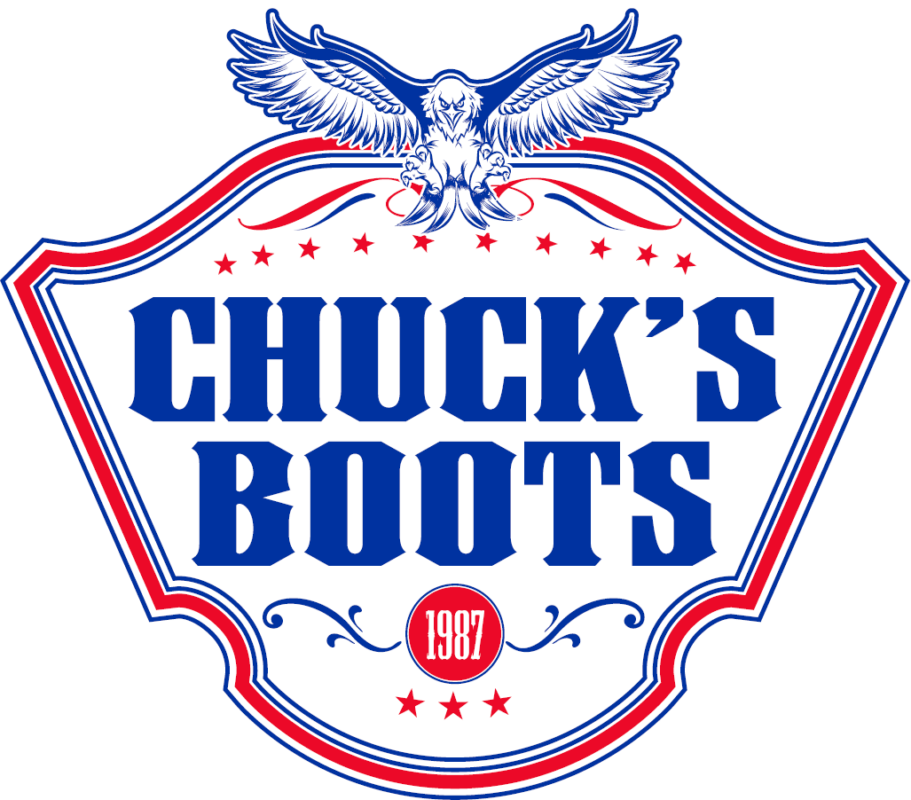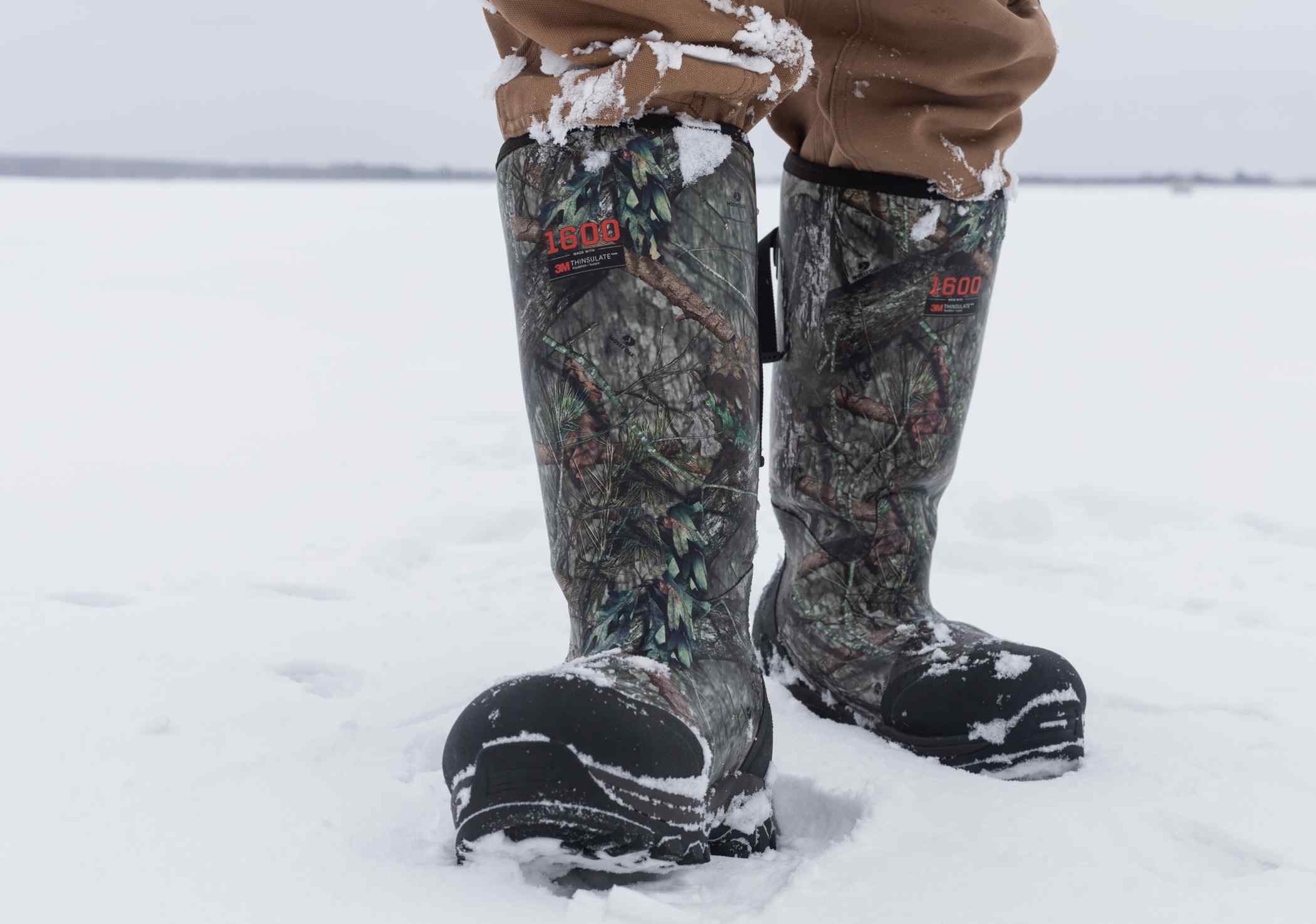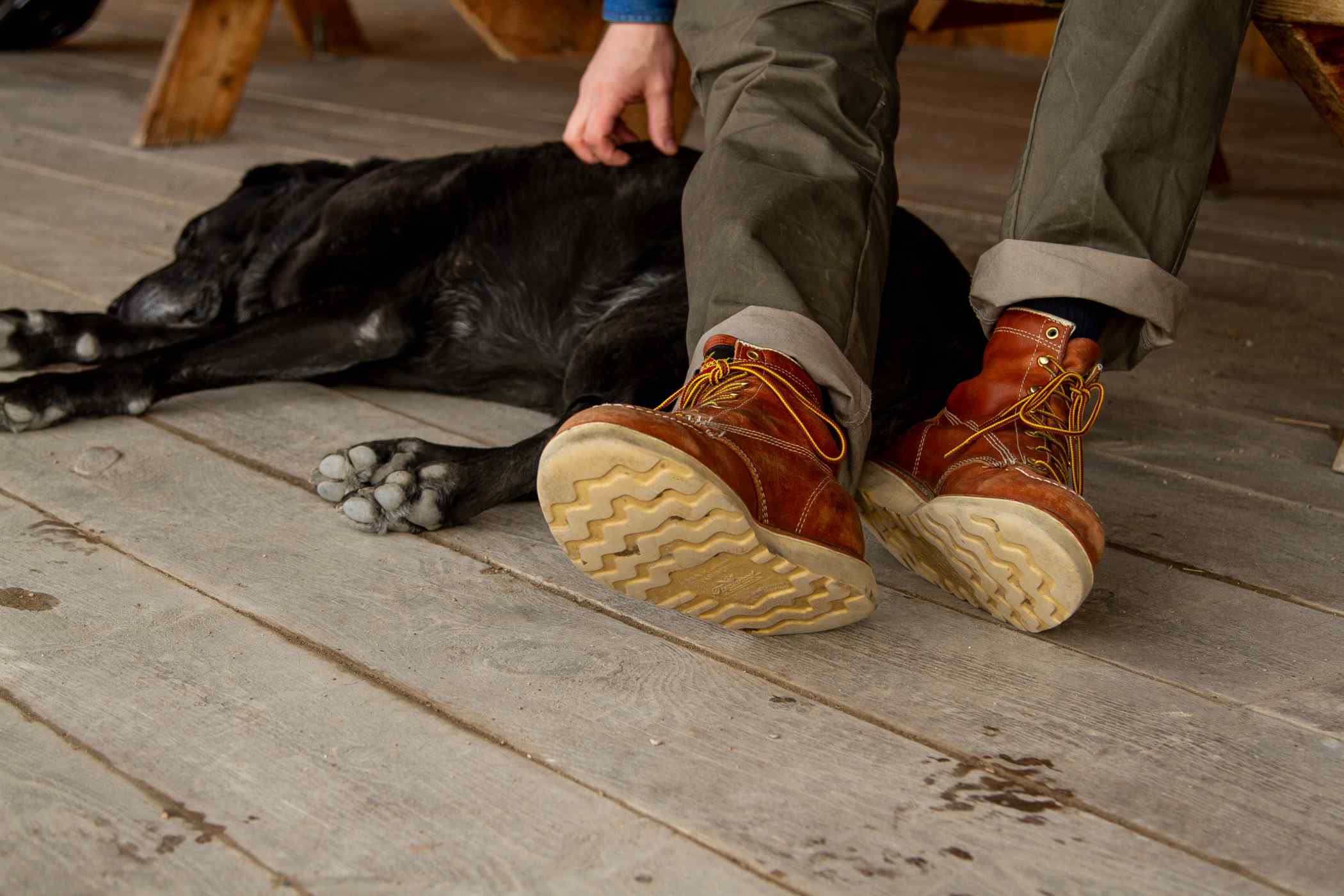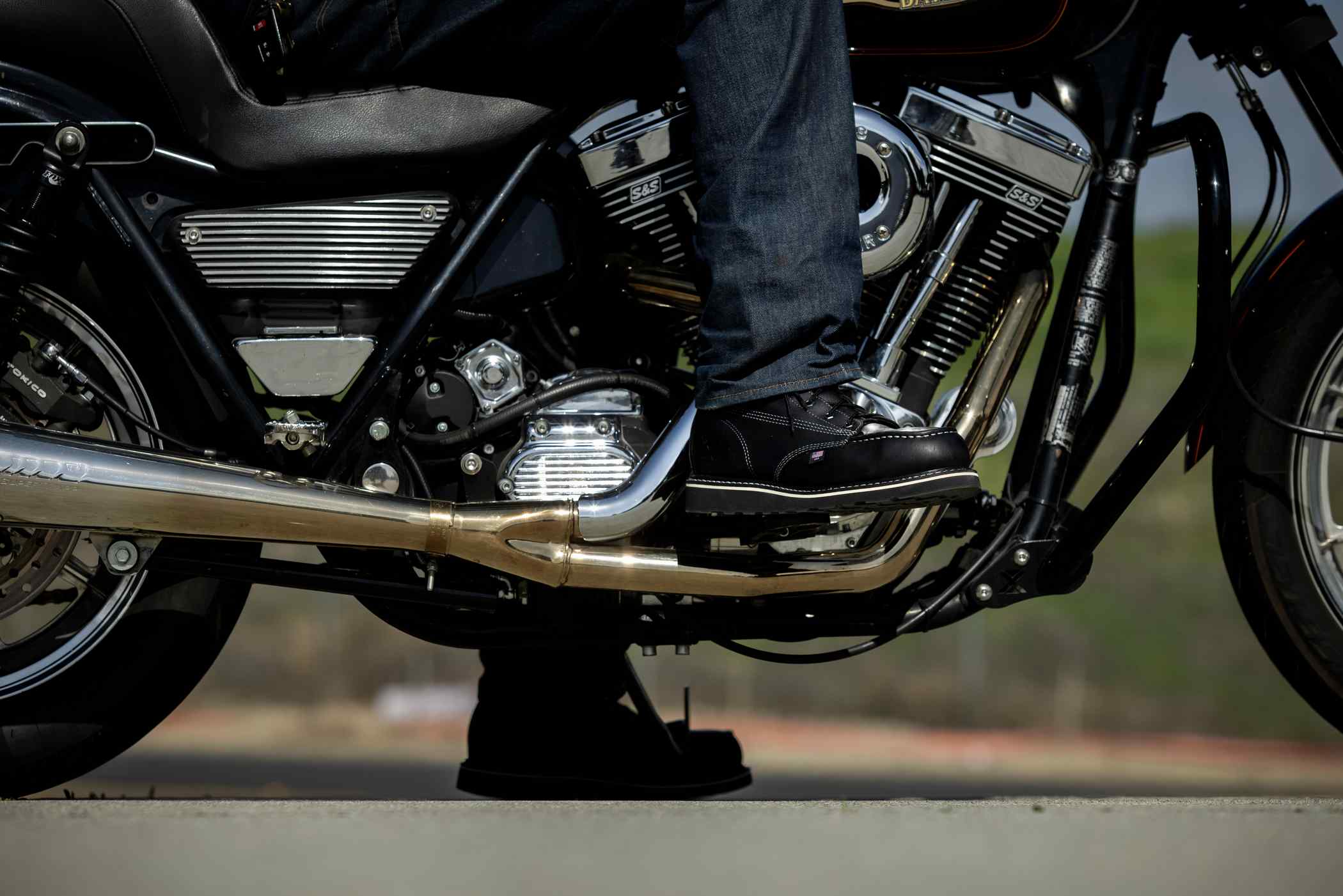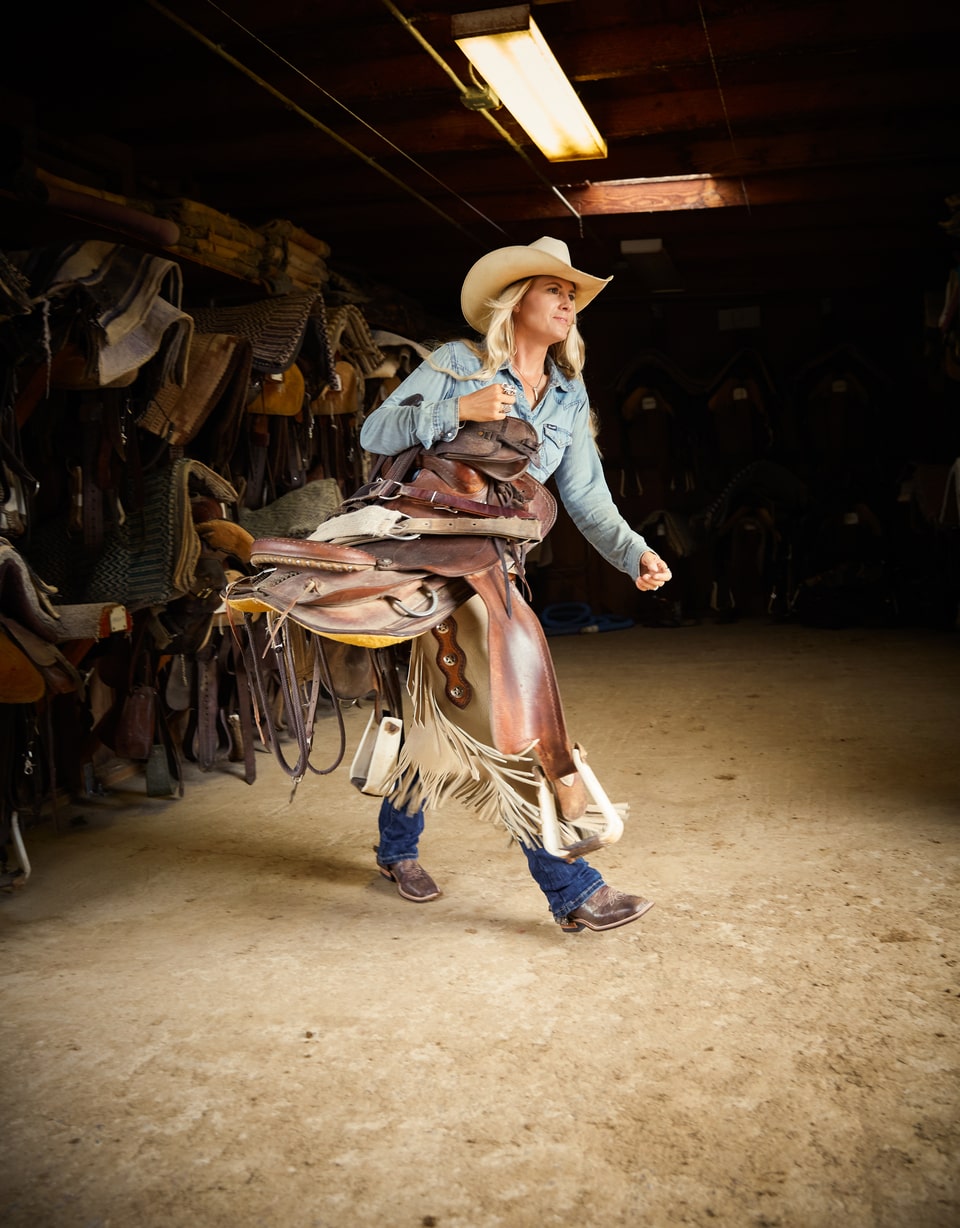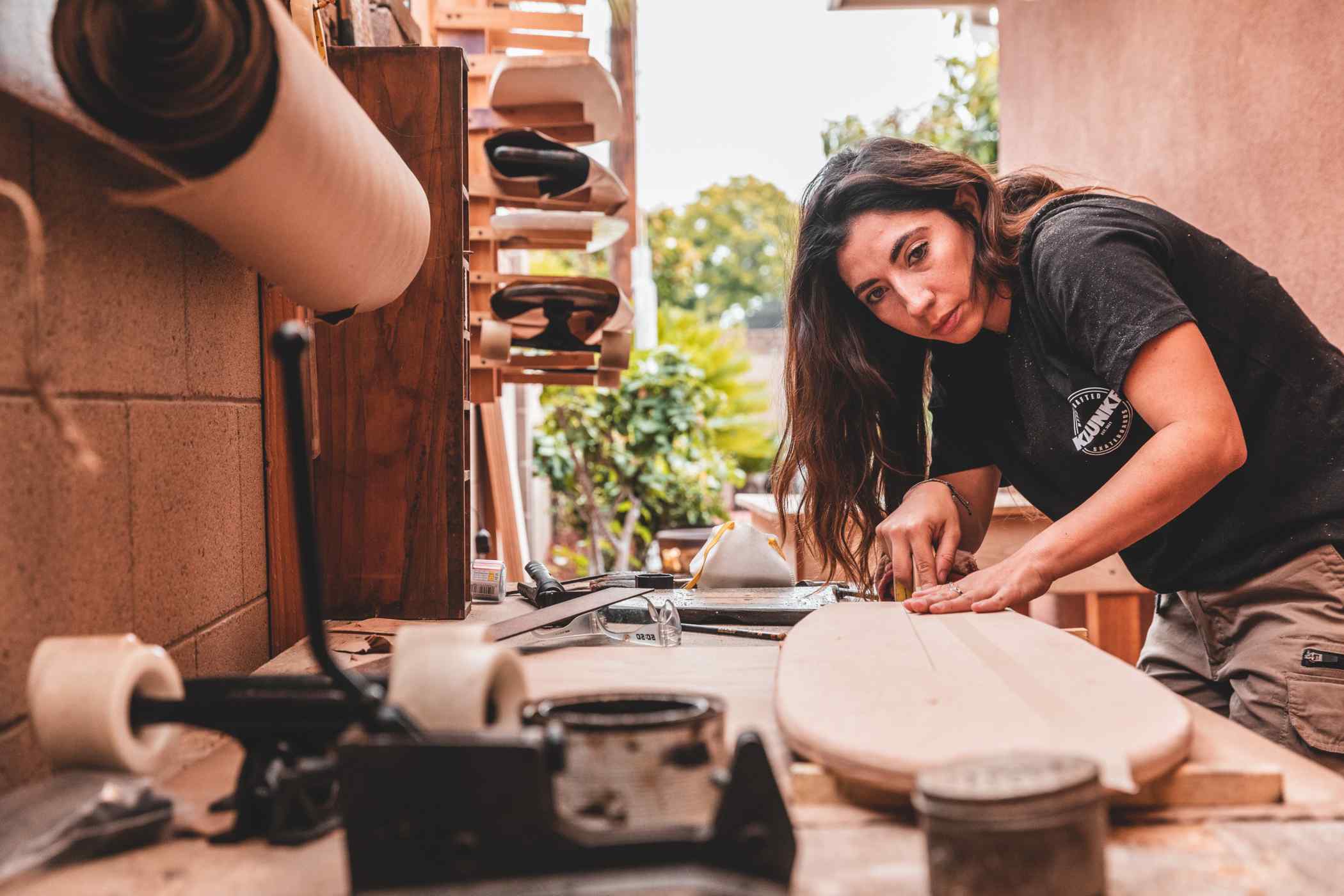Boots
How to Choose the Best Hiking Boots
You ask a lot of your hiking boots. They’ve got to carry you over rough, rocky terrain for extended periods, and they’ve got to do it perfectly. It stands to reason, then, that you need to be picky about which boots you choose for the job. Hiking boots come in a wide variety of cuts, materials, and sizes, so trying to find the best hiking boots for your particular needs is no small order. We’ll do our best to break down all the different aspects of hiking boots you should consider before you buy.
Material
The most obvious place to start is with the boots’ main material. Hiking boots can be made out of a lot of different things, and depending on what you need out of your hiking boots, they can each be a good option. There’s always leather, which is a bonafide classic. Leather is durable, but it tends to have a long break-in period and isn’t very breathable. There are also options within the leather category — full-grain, split-grain, and nubuck. Split-grain leather tends to be less expensive and more breathable, but it isn’t as durable as its full-grain counterpart. Nubuck leather is just full-grain leather that’s been treated to resemble suede, so it has many of the same properties.
If leather isn’t your speed, whether for ethical reasons or just because it’s too stiff for your liking, there are plenty of other kinds of hiking boots on the market. You could go for synthetic options like polyester or nylon, which can be very breathable, bendable, and quick-drying. The downside is that they’re often less durable than leather options.
Anyone looking to do some hiking in frigid conditions will also want to look into insulated hiking boots. Artificial insulation can make all the difference in really cold conditions. Like we said earlier, the best hiking boots for you really depend on what you want to use them for, so keep that in mind when you’re glancing through materials used in the boots you’re considering.
Soles
So far, we’ve only really addressed the upper part of your hiking boots, but there are other important aspects to consider as well. And what’s more, the soles of hiking boots actually contain several different elements — the midsoles, the internal support, and the outsole. The best hiking boots for you will optimize all three of those aspects for your specific needs.
Midsole
This part of the shoe is, as you might guess from the name, between the internal support and the outsole. It’s mainly meant to cushion your foot, and when you’re looking into what they’re made out of, you’re probably looking at ethylene vinyl acetate (EVA) or polyurethane. If you’re looking for a softer, cheaper option, EVA is the way to go, but if you’re going to be partaking in some pretty serious hikes, then polyurethane will probably serve you better. Softness isn’t always the goal for the best hiking boots — firmer midsoles can mean your feet are better supported, so keep in mind that they’re not supposed to fit like your comfiest pair of tennis shoes.
Internal Support
The internal support part of your hiking boots might never be seen, but you’ll certainly feel it. This category includes shanks and plates, which are way less scary than they sound. They’re positioned between the midsole and the outsole, and they’re mainly there to provide more support and protection from the uneven surfaces you’ll be walking on. Again, hiking boots are supposed to be stiff and supportive, especially the heavier-duty models, so don’t be intimidated by internal support.
Of course, if you’re looking for a more flexible shoe, you’ll want something with less internal support. It really depends on what you want to use the shoes for. The best hiking boots for you might have really stiff insoles with a thick shank, or they might have no shank at all.
Outsole
Outsoles are the final aspect of hiking boot soles, and they’re always made out of rubber. There are some possible things to watch out for, though — look for additives to the rubber, like carbon, if a harder outsole is appealing to you. The main concern with the outsole is not material, though. You should be mostly concentrating on what features are in place to prevent slipping. Examine the pattern of ridges and indentations on the bottom of the hiking boots you’re considering — they’re called “lugs,” and they can be instrumental in adding traction to the boot.
Some will argue that a thick, stiff sole will only trap your feet in an unnatural position and that you don’t need all that protection and support in the best hiking boots. If you’d prefer a more natural feel, thinner boots are definitely out there. Narrow down the type of boots you’re interested in, and there will certainly be plenty of options to choose from.
Padding
We’ve talked about how squishy or firm the soles of the best hiking boots are, and it’s important to also consider how the firmness of the sole impacts the other parts of the boot. A really firm sole can make your foot press uncomfortably against the tongue of the boot, and if there’s not sufficient padding there, it can lead to a lot of pain when you’re going up or down a steep slope. However, you also don’t want the padding to be too soft, or you might feel like your laces are cutting into your ankle.
Padding on the sides of the ankles is also crucial to how well a pair of hiking boots works for you. The best hiking boots will have sufficient, subtle padding that protects your ankle from chafing. This all goes hand in hand with the fit of the boot, which should be optimized to minimize movement of your feet within the boots.
Fit
Perhaps the most important aspect of the best hiking boots for you is the fit. You can have the highest-quality materials and the perfect stiffness in the sole, but if they don’t fit, they’ll still be uncomfortable.
Like we said earlier, though, you’re not looking for a pair of slippers — you’re looking for a sturdy pair of hiking boots, and they’re not going to be comfortable in the traditional sense. The best hiking boots fit snugly, but they shouldn’t be so tight they’re pinching anywhere, and you should have room to wiggle your toes. Obviously, it’s always best to try on specialized shoes like hiking boots before you buy them, since the fit is so important. A fitter can help you decide what level of tight is ideal and what level is too uncomfortable.
Pay special attention to the toebox of the boots you’re considering, as there’s little room for remolding there. If the toebox cramps your toes, ditch that pair of boots and don’t look back. The other critical fit component is the heel — you don’t want your heel to slip up and down inside your boot while you’re walking.
Prepare for your fitting or for just trying on hiking boots by gathering all the necessary accessories. Wear the kinds of socks you’ll be hiking in, and if you use any kind of orthotics, make sure to slip them into the hiking boots before you try them on. There’s little room for error, so both of these will have a big impact on which size of hiking boot is best for you.
As you’re assessing the fit of your potential new boots, it’s important to remember that there will likely be a breaking in period once you get them home, especially if you’re looking for heavy-duty, leather boots. If they feel like you couldn’t keep them on for a few hours, that’s not necessarily a bad thing right off the bat. However, if your feet are screaming after just a few seconds, that’s probably not the pair for you. It’s all about knowing what to look for and listening to your feet.
Cut
Which shoes are the best hiking boots for you will be partially determined by what kind of cut of boot you prefer. This mainly refers to how high up on the ankle the boots go. And after examining all the different cuts of hiking shoes out there, you might find that the best option for you aren’t even boots.
The kind of rugged, sturdy, heavy-duty boots you probably picture when you think “hiking boots” are high ankle boots. If you tend to roll your ankles and want to be sure to have the most support possible in that area, the higher cuts are good for you. They are designed to provide the most protection for your feet and ankles, coming up a few inches above your ankle bone. Not only do these hiking boots stabilize your ankles, but they also protect them from hazardous conditions, like rocky terrain.
If that much support sounds too restrictive for you, try looking at a mid-cut boot. They’re a couple inches shorter than your standard high ankle boots, but they still cover that ankle bone. Flexibility increases as the rise of your boots decreases, so this kind of boot can be a happy medium between protecting your ankle and giving it space to breathe.
Even mid-cut boots are too restrictive for some people, and they prefer non-boot hiking shoe options. Since we’re focused mainly on boots here, we’ll keep this section brief. Suffice it to say that there are lightweight, low-cut shoes on the market for those of you who prioritize flexibility and speed above all else.
When there are no “best” hiking boots
We’ve laid out all the important considerations for trying to find the best hiking boots for you, but sometimes, there’s just no one best option. It really depends on what you need your boots to do for you. Sometimes, it’s best to buy different hiking boots for different purposes — you might need a lightweight pair for summer strolls down well-worn trails, and you might need a heavy-duty pair for more intense hikes up in colder climates. There are a lot of great options, but if you are a serious hiker and like to embark on excursions in a wide variety of conditions, it might get frustrating trying to find just one pair of boots that will serve you well in every possible scenario. We’ve said it several times at this point, but it bears repeating: Know what you want out of your hiking boots before going shopping.
There are also a lot of little fixes you can make to a pair of boots once you’ve got them home to really customize them into the best hiking boots for you. For example, you can add adhesive felt pads to the tongue to get a little extra padding there, and you can buy special insoles and cut them down to the size of the boot to get a more customized feel there. There are plenty of small steps you can take to turn a pair of mediocre boots into the absolute best hiking boots for your purposes.
To Review…
Finding the best hiking boots for you is no simple task. You’ve got to really get in touch with how you want to use the boots, what aspects you prioritize over others, and what conditions they need to be optimal for. Carefully consider all the materials available and be conscious of how they perform in different environments. Don’t be afraid to get a little picky about the fit, and don’t go to try on hiking boots without the socks you plan on wearing while hiking. Pay attention to the toughness of the sole, and remember that the best hiking boots for you might not be all that comfortable at first. And if you’re still not totally satisfied with the fit once you’ve broken them in, try out little tips and tricks to increase your comfort.
If you keep all of these categories in mind the next time you’re shopping for hiking boots, you’re sure to find a pair that will serve you well.
